TYPES OF BUILDING DRYERS
In principle, there are two types of dryers on the market: condensation dryers and adsorption dryers. For drying out buildings we always use condensation dryers because they are the most efficient from an energy technical point of view. An adsorption dryer is quite expensive in energy use and therefore only used sporadically for drying crawl spaces and rooms where the temperature is less than 7°C.
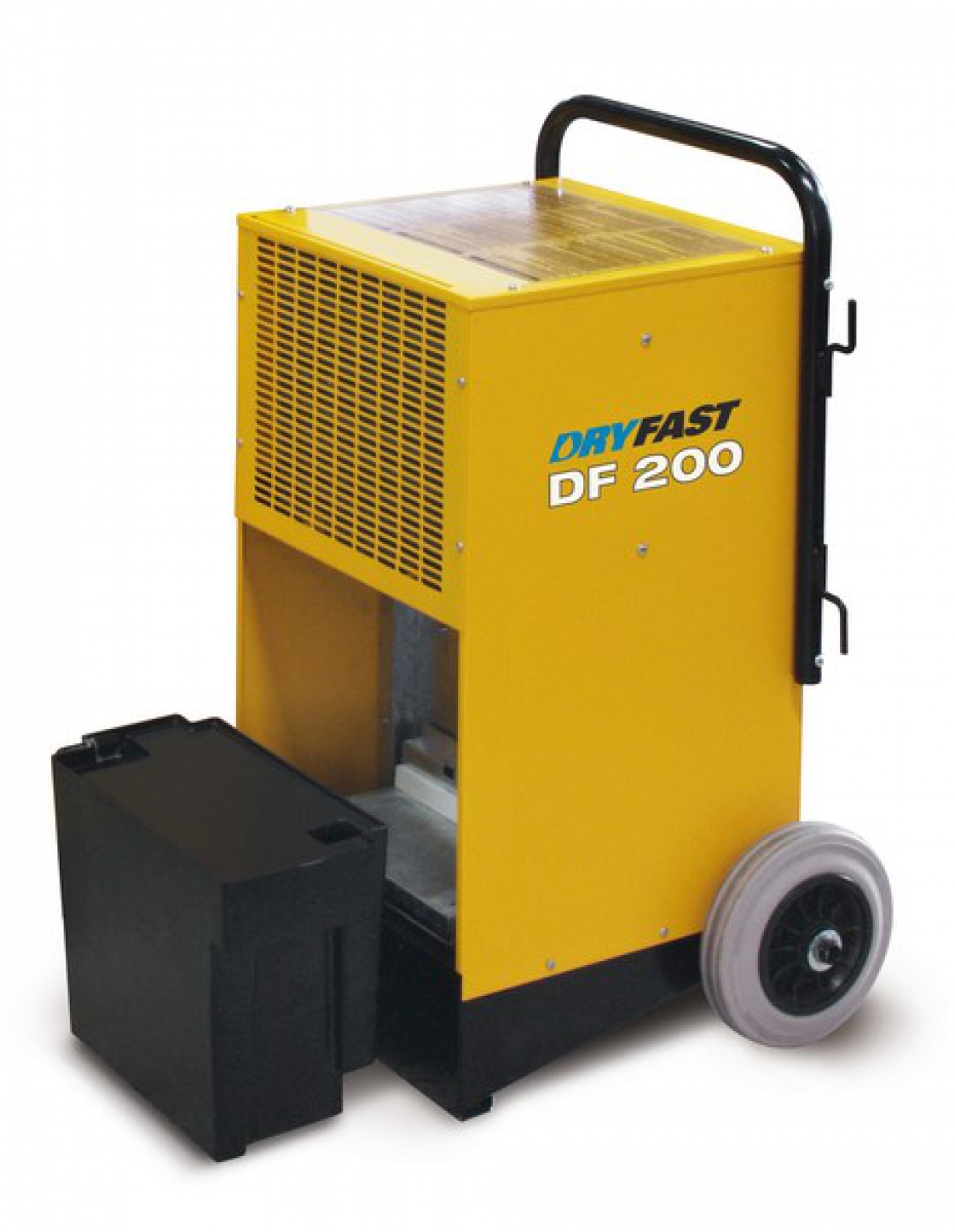
Condensation dryers as building dryers
Are you looking for low humidity in the long term? Then a condensation dryer is the right choice. The drying process of this building dryer is slow, so that the risk of cracking with correct use is virtually non-existent. The process operates optimally at temperatures between 15 and 28°C, which makes them the most frequently used building dryers in the building sector. In addition, they are very energy efficient and ideal for safe drying of a building without any risk of cracking or tearing.
Adsorption dryers as building dryers
An adsorption dryer uses the interaction of two airflows: the process airflow and the regeneration airflow. Due to the low rotating speed and the adjustable regeneration of the drying wheel, this building dryer features a continuous drying process. This system cannot freeze up because the drawn in air is not cooled down. Because an adsorption dryer works very fast and has a low relative humidity, it is preferably used at extremely low temperatures as encountered in cold stores or in the pharmaceutical or chemical industry.
A misconception about building dryers
Many people think that a building can easily be dried out by only heating it. In the winter, however, this is not so evident. The building moisture will evaporate, but it will not be discharged. For his, you must open your windows, but then cold air will enter which will push up the cost. Electricity consumption will therefore be considerably higher than the cost of hiring a building dryer. Moreover, the room temperature will in any case rise by 2°C because the dehumidifier is an electrical device.
Hiring a building dryer
Are you sure you want to hire a building dryer or do you have any questions? We will be happy to assist you! You can always call us at 0476/20.41.56. You can request a quote via our contact form. Would you like to receive a detailed quote and are you in possession of a digital plan of your home? You can the email it to Ruben@bouwdroger.com so we can send you a no commitment quote.
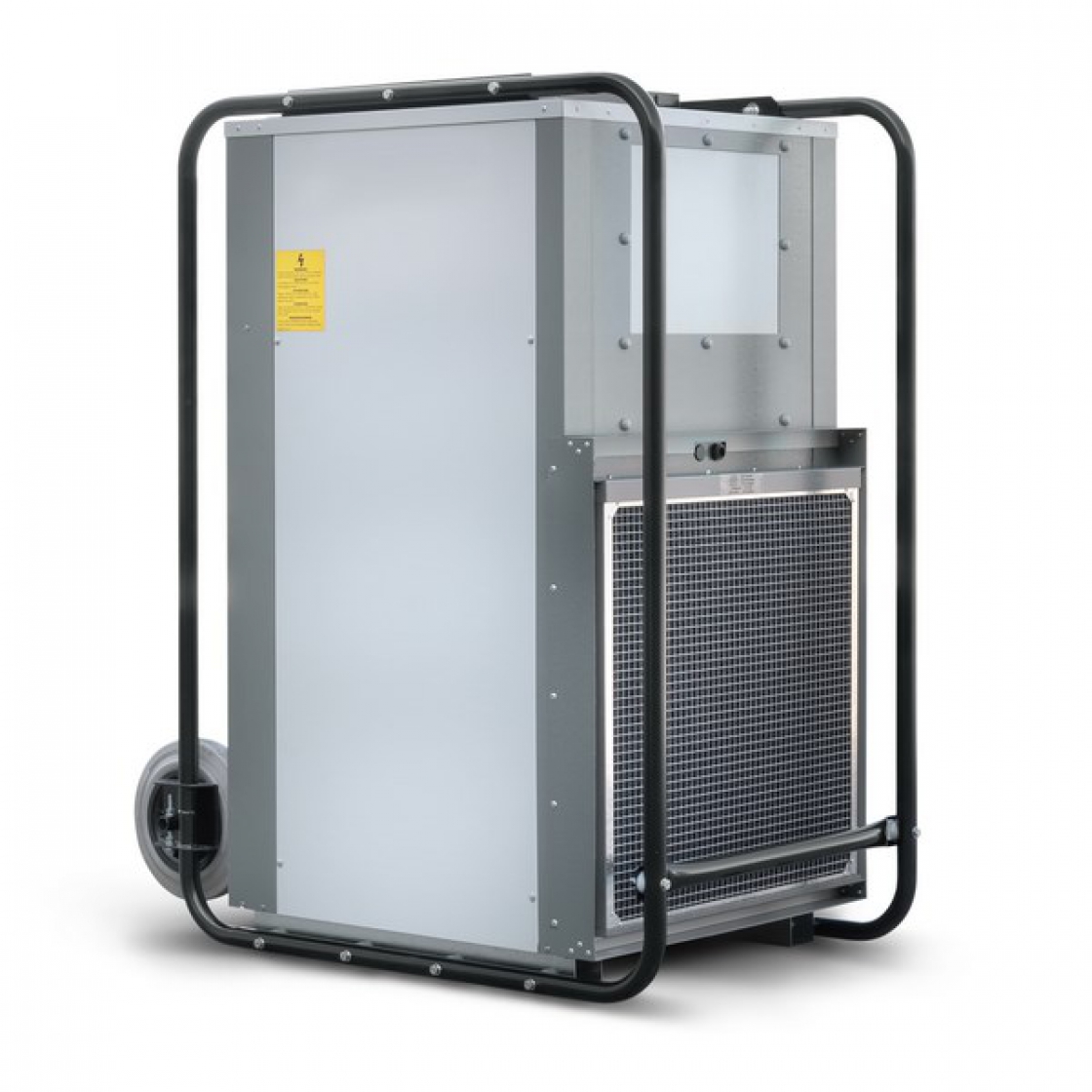
PROBLEMS AT YEAR-ROUND ICE-SKATING RINK
Ice skating enthusiasts can live it up at Sport Vlaanderen Hasselt: the indoor Olympic-siz
Read more >







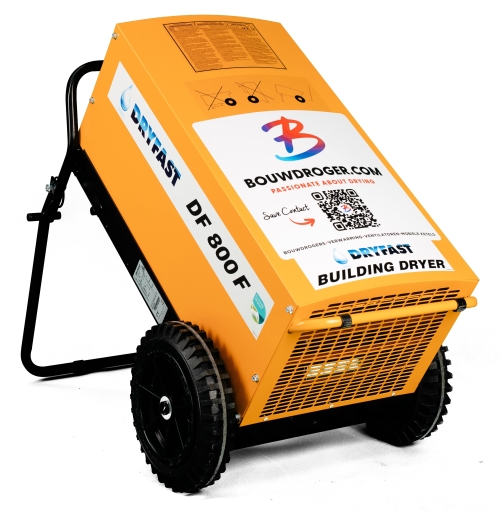
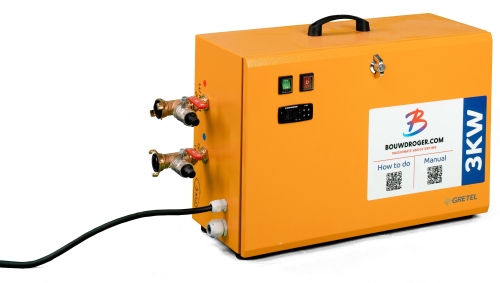
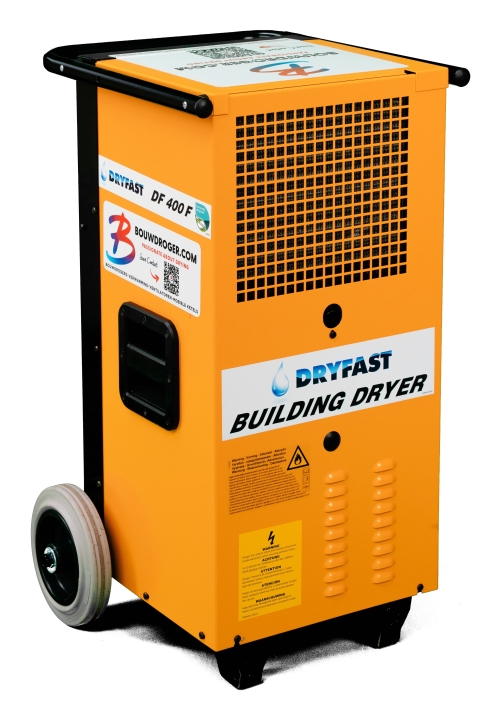
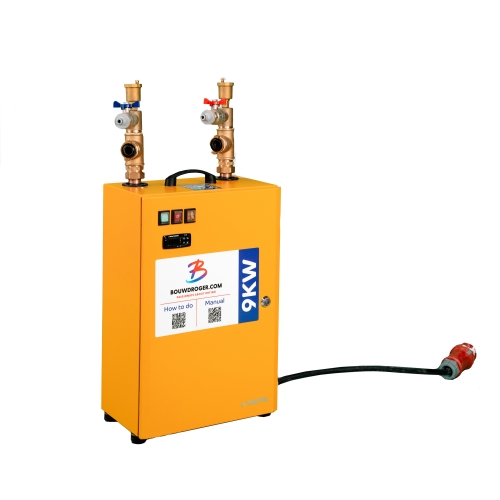
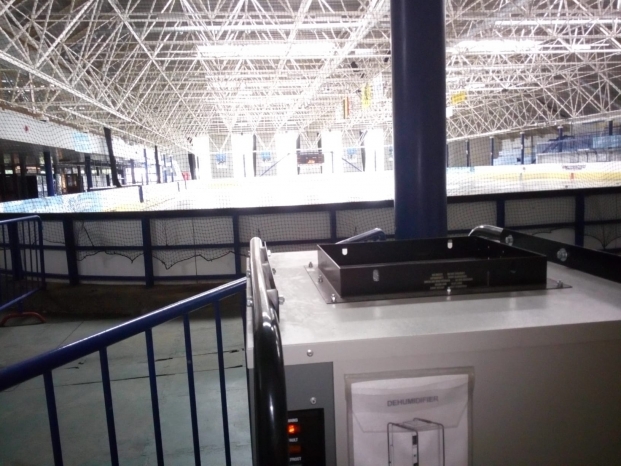
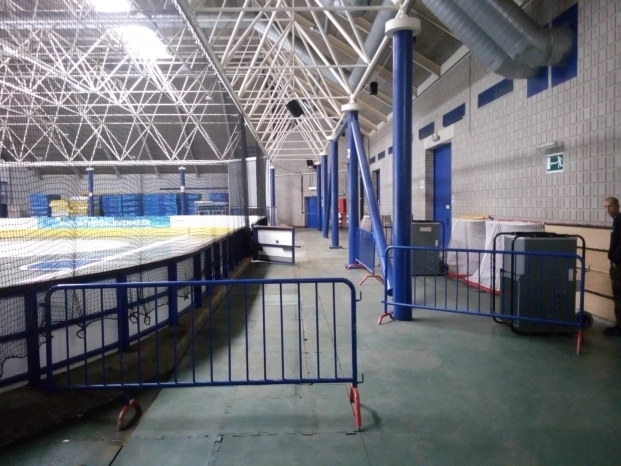

.jpg)
.jpg)
.jpg)
.jpg)

